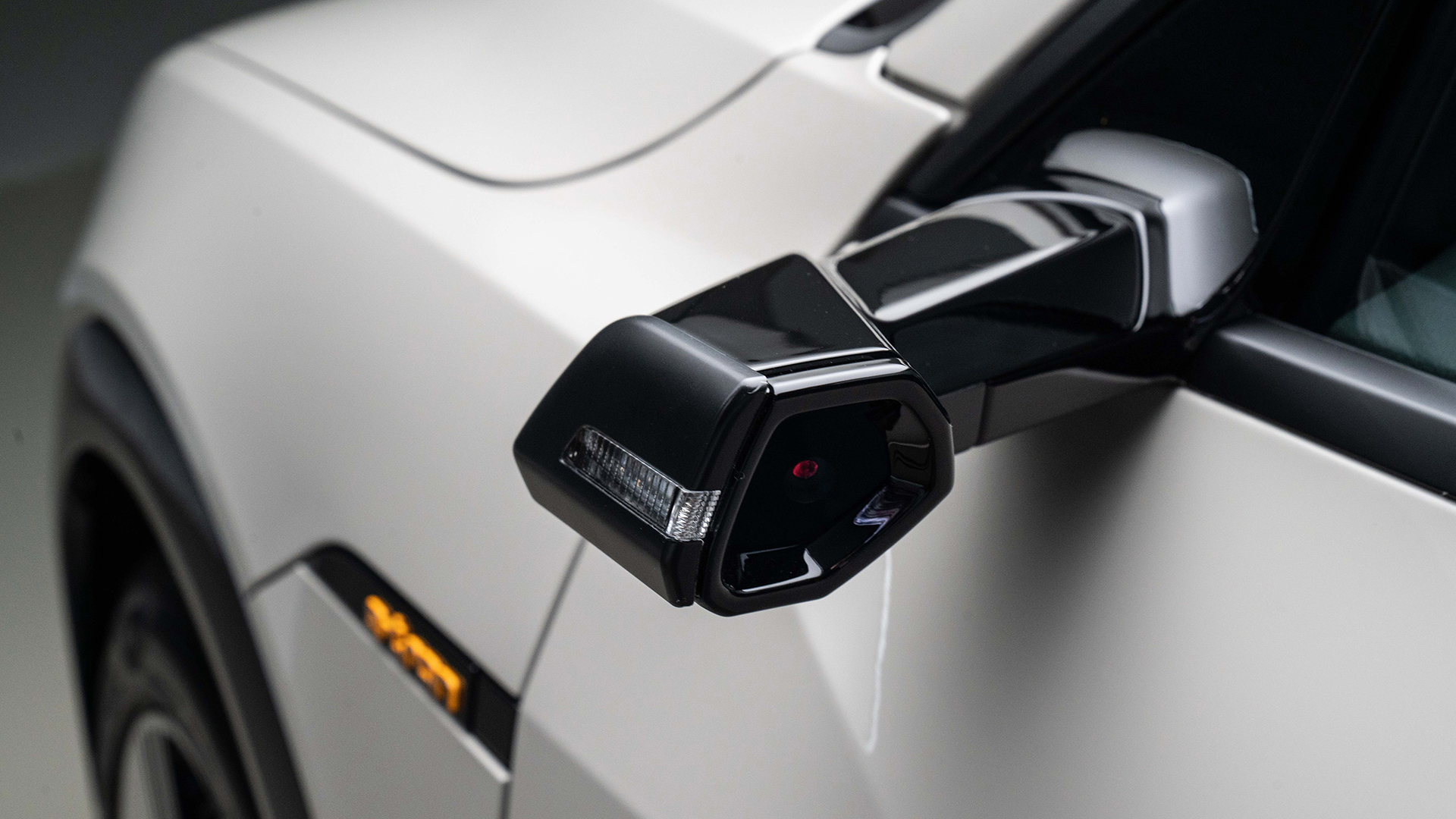

In a surprising announcement, the National Highway Traffic Safety Administration revealed that it will soon begin testing the viability of camera-based equipment as a replacement for traditional vehicle side mirrors.
As first reported by Reuters, the NHTSA will use this opportunity to study the “driving behavior and lane change maneuver execution” for the drivers of vehicles with conventional glass-based mirrors and automobiles equipped with camera-enabled visibility systems.
Automakers have already begun to implement the technology in markets where the technology is permitted; however, the regulatory and advisory bodies in the U.S. have not kept up with the fast-moving current of technology. In 2014, the Alliance of Automobile Manufacturers—a coalition of automakers which represented BMW, FCA, Ford, Honda, GM, Nissan, Toyota, Volkswagen, and others—solicited the NHTSA alongside Tesla for the ability to use camera-based side and rear view mirrors, but its movement didn’t gain immediate traction.
Instead, automakers were left in the dark and, according to Audi of America spokesperson Mark Dahncke, “ahead of the legislative curve”.

Determined to stay ahead, Audi looked to advance its lead by introducing the product in non-U.S. markets. Most recently, the automaker has launched the technology by outfitting its newest E-Tron electric SUV with the option of a camera-based visibility system in lieu of traditional mirrors. The automaker adds 7-inch curved touchscreen displays into the vehicle’s door card which display the output of two externally-mounted cameras.
By eliminating large chunks of glass, the automaker was able to streamline the profile of the mirror stalk and reduce overall drag by a significant margin. Furthermore, Audi used the advantage of the camera’s wide viewing angle to display more of the car’s surroundings than its stone-age equivalent, and can even perform some fancy tricks to better aide drivers in different scenarios such as highway driving, parallel parking, and more.

There are, however, valid concerns that many individuals are critical of.
For starters, the cost of the technology is significantly higher than current glass-based counterpart—it’s a $1,700 add-on option for the E-Tron. Should a failure or accident occur, owners will be shelling out quite a bit more moolah to fund the repair. From a safety perspective, one should consider additional points of failure that would cause a mirror to be non-functional. Aside from the camera or display hardware itself failing, the thought of a software bug causing the camera to malfunction is enough to deter some die-hard enthusiasts.
Even if you’re excited for new technology, don’t hold your breath waiting for a stateside launch of these mirrors. Despite Europe having the E-Tron, Japan having the Lexus ES, and Honda planning to offer its camera-based visibility systems as an option for the upcoming Honda E commuter, officials in the U.S. haven’t cleared camera-based visibility systems for takeoff just yet.